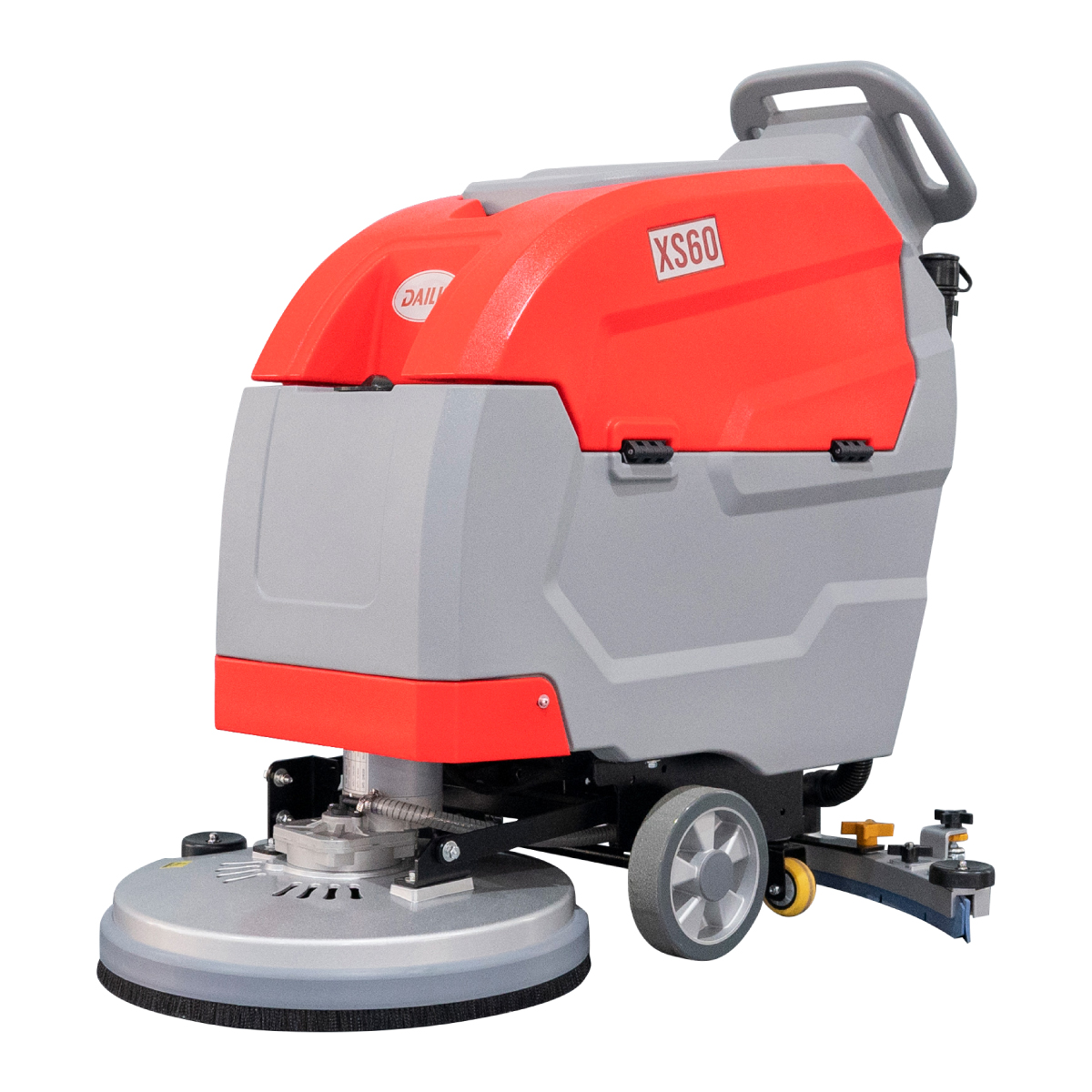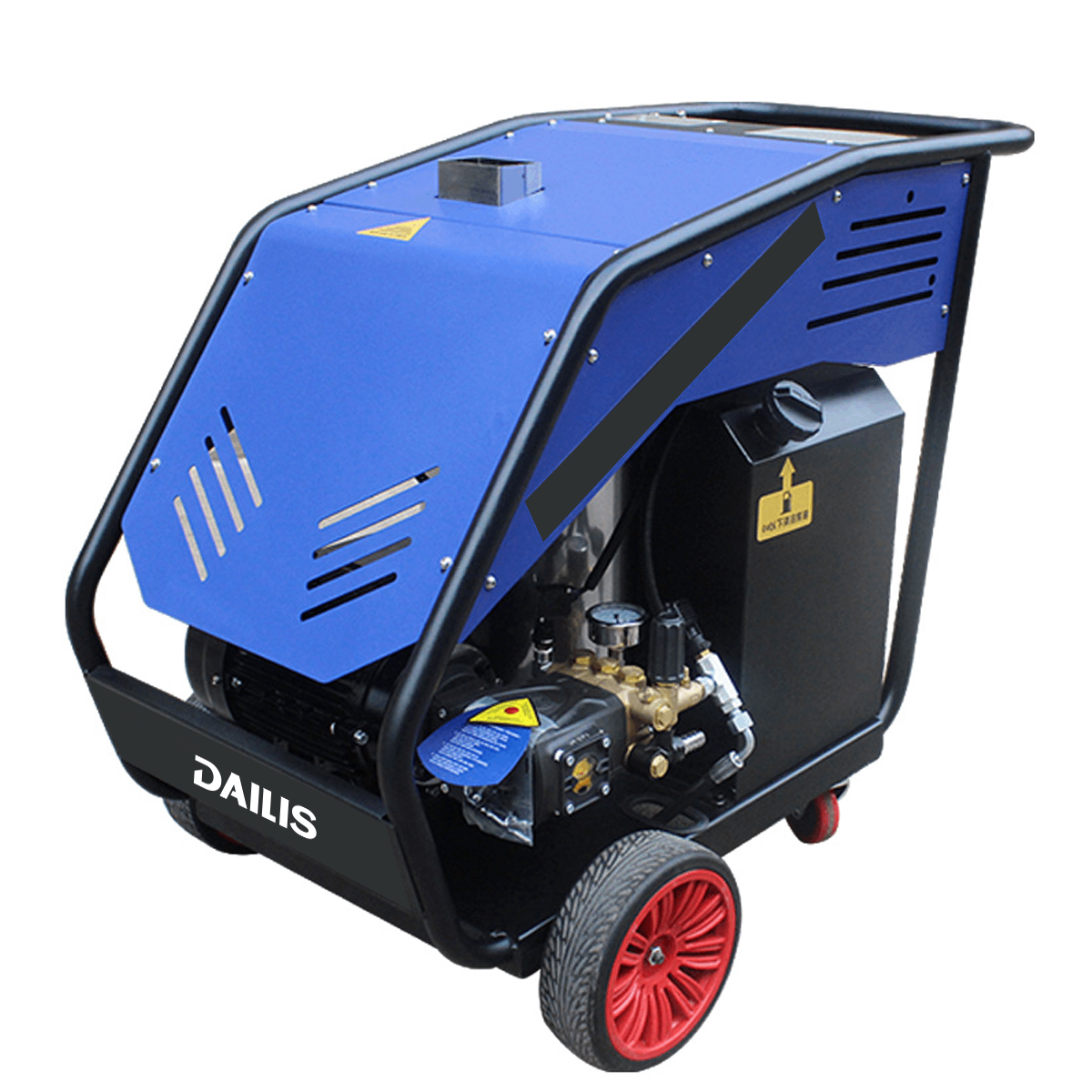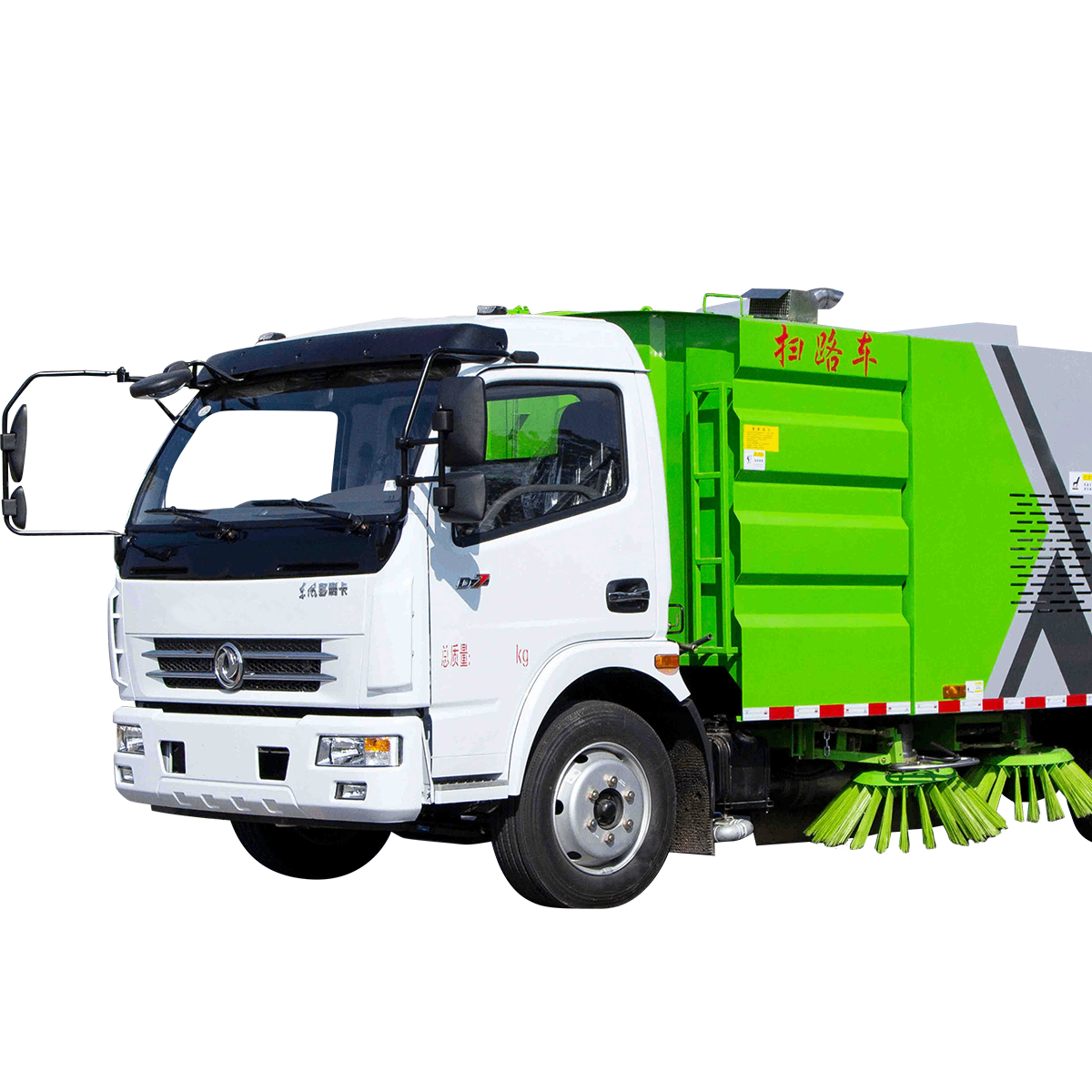Industry Background and Trends
Functional Upgrades Drive Industry Expansion: As a rigid demand product catering to the “lazy” lifestyle, floor sweepers have seen continuous technological and functional innovations, propelling the industry into a rapid development phase. From 2013 to 2022, robotic floor sweepers have undergone iterative advancements in navigation, sweeping to mopping, and self-cleaning capabilities, gradually evolving into the “user-friendly” stage.

Sales Decline Amidst Penetration Increase: In 2022, floor sweeper sales declined by 24% to 4.41 million units, yet the ownership rate remained below 10%, indicating a low industry penetration rate and ample room for growth.
Price-for-Volume Strategy Emerges
Reasons for Sales Decline: Exorbitant prices for new features and consumers’ preference for buying the latest models over older ones hindered sales.
Countermeasures: With the completion of major functional iterations, cost reductions through scale and technological advancements drove price decreases. Since the end of 2022, the floor sweeper industry has entered a price reduction mode, narrowing the gap between volume and revenue growth rates, with volume growth outpacing revenue growth.
Products and Market Shares
Dual Leadership: Ecovacs and Roborock maintain their dominant positions, while Dreame’s share increases, while Xiaomi and Yunji’s new products show weakness. The industry’s CR5 remains above 90%.
Average Price and Shares: As product technology and forms mature, new introductions mostly involve configuration adjustments or minor performance upgrades, leading to a slight decline in average prices amidst stability.
Price-for-Volume Outlook from Supply and Demand Perspectives
Demand Side:
New Increment: A double-digit price reduction is expected to boost annual ownership rates, with projected new additions reaching 2-3.5 million units.
Replacement Demand: With a natural usage cycle of 3-5 years, new products significantly replace old ones, generating approximately 4 million units of replacement demand.
Supply Side:
De-specification of Non-core Functions and Supply Chain Cost Reduction: Anticipated to bring about a 3% to 24% cost optimization.
Cost Reduction in Core Component Technologies: Simplification of sensors, localization of chips, and reduced mop costs are expected to create a 2% to 3% total cost reduction.
Overseas Markets:
Market Overview: The overseas floor sweeper market grows more steadily than its domestic counterpart, with the United States, Europe, and Japan as the primary markets.
U.S. Market:
Sales and Average Price: From January to June 2023, sales of floor sweepers on Amazon in the U.S. increased by 12% year-on-year, with volume growth of 30%, while the average price declined by 14%.
Price Distribution: The high-end segment maintains stability, while the share of mid-to-low-end products increases significantly, accompanied by a decline in the middle price range.
The floor sweeper industry is achieving sales recovery through the price-for-volume strategy, with technological cost reduction and mass production driving price decreases and enhancing market penetration. In the future, as new features become more prevalent and costs further decrease, the floor sweeper market is poised for a new round of growth. Meanwhile, overseas markets, particularly the U.S., have already seen the price-for-volume strategy bear fruit, with positive changes in both sales and average prices.





